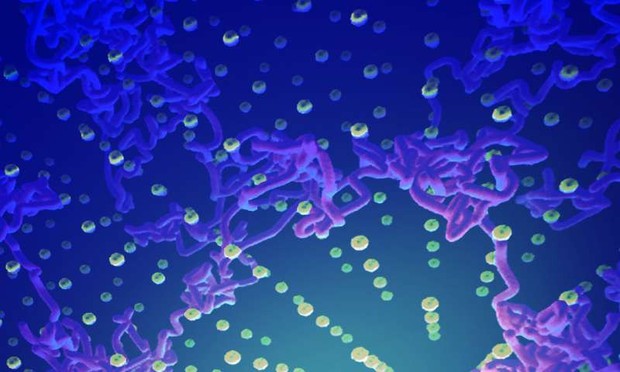The surface of the Sun has a temperature of about 5,500 ° C. Yet at such temperatures, ice still forms? What happened?
Ice cream is something that anyone who hears about it can only think of as it feels cold. But what if we now have some kind of hot ice, even hotter than the sun?
This is true, because recently scientists have succeeded in creating a type of ice that forms at a temperature almost equal to the surface of the Sun and at a pressure a million times higher than the upper atmosphere.
This is called superionic ice, with the ability to survive temperatures up to 4700 ° C. For ease of comparison, a little tip for you is that the surface temperature of the Sun is around 5500 ° C.
To create this type of ice, experts at the University of California at Berkeley say it is a very complicated process. First, the water must be compressed into an extremely large crystalline mass, at a pressure greater than 25,000 times the atmospheric pressure of Earth.
Then a powerful laser will be fired here, pushing the pressure 2 million times higher than atmospheric pressure.
The most important thing is to let the hydrogen ion pass through an oxygen barrier. And according to experts, this type of ice can only exist on Neptune and Uranus.
“It’s true that it’s hard to believe that ice still exists in environments as hot as thousands of degrees Celsius, but that’s what this experience shows,” Jeanloz said.
It is known that a super-ion is a special form of water, when it constantly changes between solid and liquid forms. This can be considered as the first experience to show the existence of this form. Previously, it had only been predicted in some studies.
Also from this study, experts believe that Neptune and Uranus have a large amount of superionic ice, thus explaining their strange magnetic fields. These 2 planets have a very large tilt axis – Neptune is 47 degrees, Uranus is 59 degrees, while Earth is only 11 degrees.




